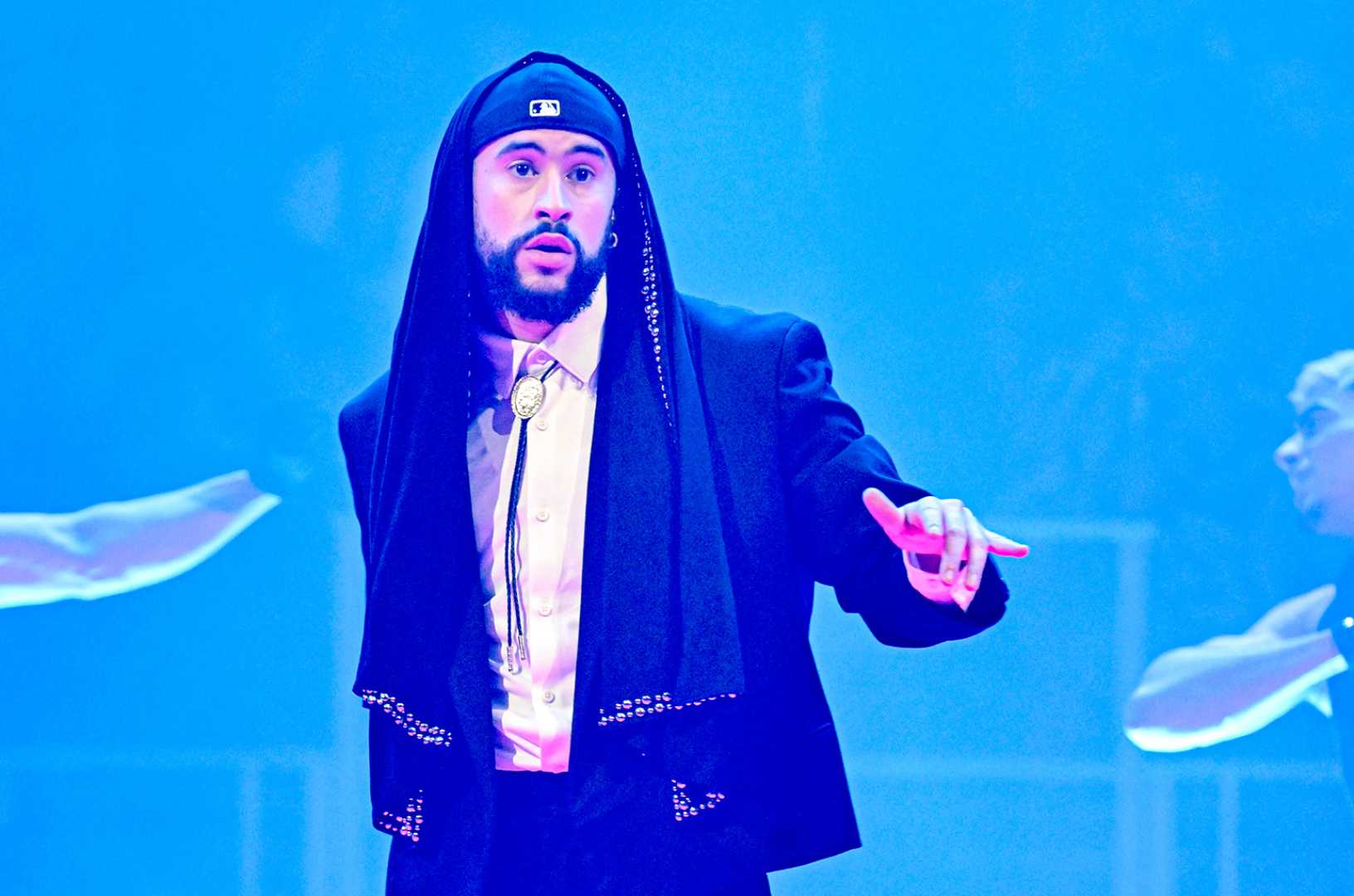Entertainment
Bad Bunny’s New Album Sparks Puerto Rican Pride and Political Debate

San Juan, Puerto Rico — Six days after Puerto Rico’s colonial politics took center stage, global music sensation Bad Bunny released his latest album, “DEBÍ TiRAR MÁS FOToS” (“I Should’ve Taken More Photos”), on Jan. 5, 2024. The album, which he calls his most personal and Puerto Rican work to date, has already topped the Billboard charts and ignited conversations about the island’s cultural identity and political future.
Bad Bunny, born Benito Antonio Martínez Ocasio, has become a symbol of Puerto Rican pride and resistance. His music blends traditional genres like salsa and plena with modern reggaeton, creating a sonic tapestry that resonates deeply with Puerto Ricans on the island and in the diaspora. The album’s title reflects a sense of nostalgia and urgency, capturing the island’s struggles with gentrification, displacement, and political neglect.
“Tourists come here to enjoy the beautiful places, and then they leave, and they don’t have to deal with the problems that Puerto Ricans have to deal with day to day,” Bad Bunny said in a recent interview. “Translating that analogy to a romance, there are also people who arrive to share [memories with you] and only see the best part of you, the most beautiful part of you. And they leave.”
The album’s release coincides with Bad Bunny’s 21-date residency in Puerto Rico, titled “No Me Quiero Ir De Aquí” (“I Don’t Want To Leave Here”). The first nine shows are exclusive to island residents, with tickets sold only in person. The residency underscores Bad Bunny’s commitment to prioritizing Puerto Ricans, a stark contrast to the island’s political leaders, whom he has frequently criticized.
Bad Bunny’s music is more than entertainment; it’s a political statement. Tracks like “Nueva Yol” pay homage to New York City’s Puerto Rican population, while “La Mudanza” and “BOKeTE” address issues like gentrification and infrastructure neglect. The album also includes 17 mini-history lessons about Puerto Rico, one for each song, in collaboration with historian Jorell Meléndez-Badillo.
“[Bad Bunny] was really interested in having that sort of historical component, so people were not only listening to the songs on YouTube but learning their history while they do so,” Meléndez-Badillo said.
Bad Bunny’s influence extends beyond music. During Puerto Rico’s recent gubernatorial election, he endorsed Juan Dalmau, a candidate from the Independence Party, and encouraged young people to vote. His endorsement marked a significant shift in Puerto Rican politics, where the Independence Party has historically been marginalized.
“He’s using his platform to uplift Puerto Rico,” said Tatiana Lee Rodríguez, a cultural critic. “Unlike the island’s governor, who caters to U.S. interests, Bad Bunny is amplifying the voices of Puerto Ricans who demand change.”
Bad Bunny’s residency and album have sparked a broader conversation about Puerto Rico’s future. As the island grapples with ongoing challenges like blackouts, displacement, and political corruption, Bad Bunny’s music serves as a rallying cry for unity and resilience. His work reminds the world that Puerto Rico’s identity and culture cannot be erased or ignored.
“This isn’t just entertainment,” Rodríguez added. “It’s a statement about Puerto Rican unity and a reminder that Puerto Rico won’t be pushed aside.”












